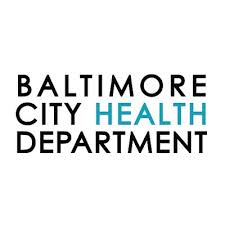An overdose prevention program model in Baltimore that utilizes targeted naloxone distribution, naloxone training, and overdose education
Staying Alive Drug Overdose Prevention and Response Program, through the Baltimore City Health Department, has taught more than 3,000 injection drug users, drug treatment clients and providers, prison inmates, and corrections officers about how to prevent drug overdoses. More than 220 reversals (lives saved) have been documented.
The Staying Alive training program teaches individuals how to recognize an opioid overdose and respond by calling 911 and administering rescue breathing and the drug naloxone. The program also connects users to treatment and other services.
Staying Alive started in 2004 as a public health intervention begun by the former health commissioner to educate and train drug users on opioid overdoses and naloxone and, in 2015, began to train providers and correctional staff. Trainings first occurred at the syringe service program and now occur at various treatment centers throughout the city and the Baltimore Detention Center.









